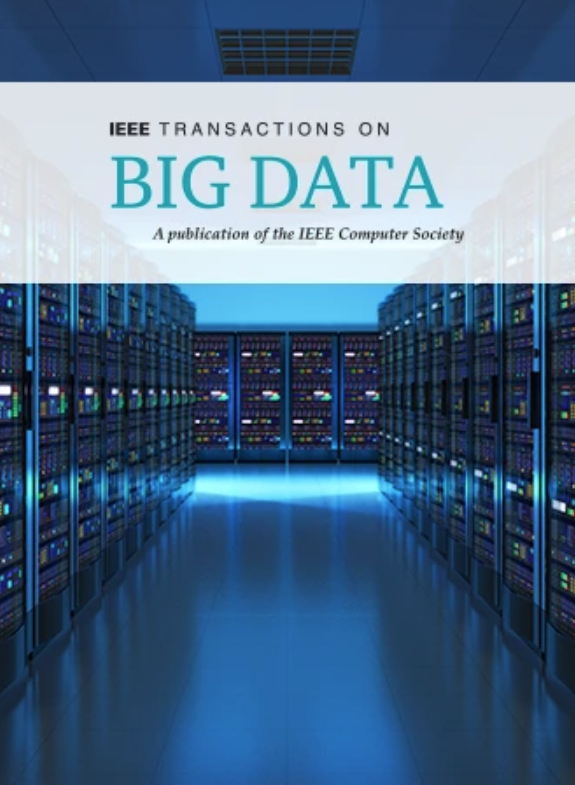Ranking Neighborhood and Class Prototype Contrastive Learning for Time Series
IF 5.7
3区 计算机科学
Q1 COMPUTER SCIENCE, INFORMATION SYSTEMS
引用次数: 0
Abstract
Time series are often complex and rich in information but sparsely labeled and therefore challenging to model. Existing contrastive learning methods conduct augmentations and maximize their similarity. However, they ignore the similarity of adjacent timestamps and suffer from the problem of sampling bias. In this paper, we propose a self-supervised framework for learning generalizable representations of time series, called时间序列邻域排序与类原型对比学习
时间序列通常复杂且信息丰富,但标记稀疏,因此很难建模。现有的对比学习方法进行了增强和相似性最大化。然而,它们忽略了相邻时间戳的相似性,并遭受抽样偏差的问题。在本文中,我们提出了一个学习时间序列可推广表示的自监督框架,称为$\mathbf {R}$排序n$\mathbf {E}$邻域和$\mathbf {S}$ S原型$\mathbf {E}$控制$\mathbf {a}$stive $\mathbf {L}$学习(RESEAL)。它利用相似性排序的信息来学习嵌入空间,确保正样本根据它们的时间顺序进行排序。此外,RESEAL还引入了班级原型对比学习模块。它将时间序列表示及其相应的质心作为正数与来自不同簇的真正负对进行对比,从而减轻了抽样偏差问题。在多个多变量和单变量时间序列任务(即分类、异常检测和预测)上进行的大量实验表明,我们的表示框架比现有的自监督时间序列表示基线取得了显着改进。
本文章由计算机程序翻译,如有差异,请以英文原文为准。
求助全文
约1分钟内获得全文
求助全文
来源期刊

IEEE Transactions on Big Data
Multiple-
CiteScore
11.80
自引率
2.80%
发文量
114
期刊介绍:
The IEEE Transactions on Big Data publishes peer-reviewed articles focusing on big data. These articles present innovative research ideas and application results across disciplines, including novel theories, algorithms, and applications. Research areas cover a wide range, such as big data analytics, visualization, curation, management, semantics, infrastructure, standards, performance analysis, intelligence extraction, scientific discovery, security, privacy, and legal issues specific to big data. The journal also prioritizes applications of big data in fields generating massive datasets.
 求助内容:
求助内容: 应助结果提醒方式:
应助结果提醒方式:


